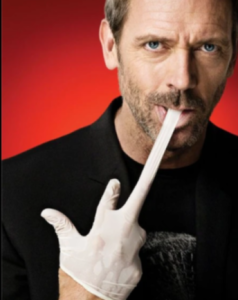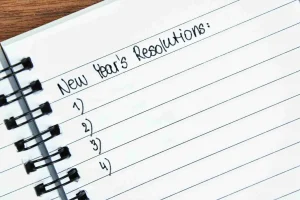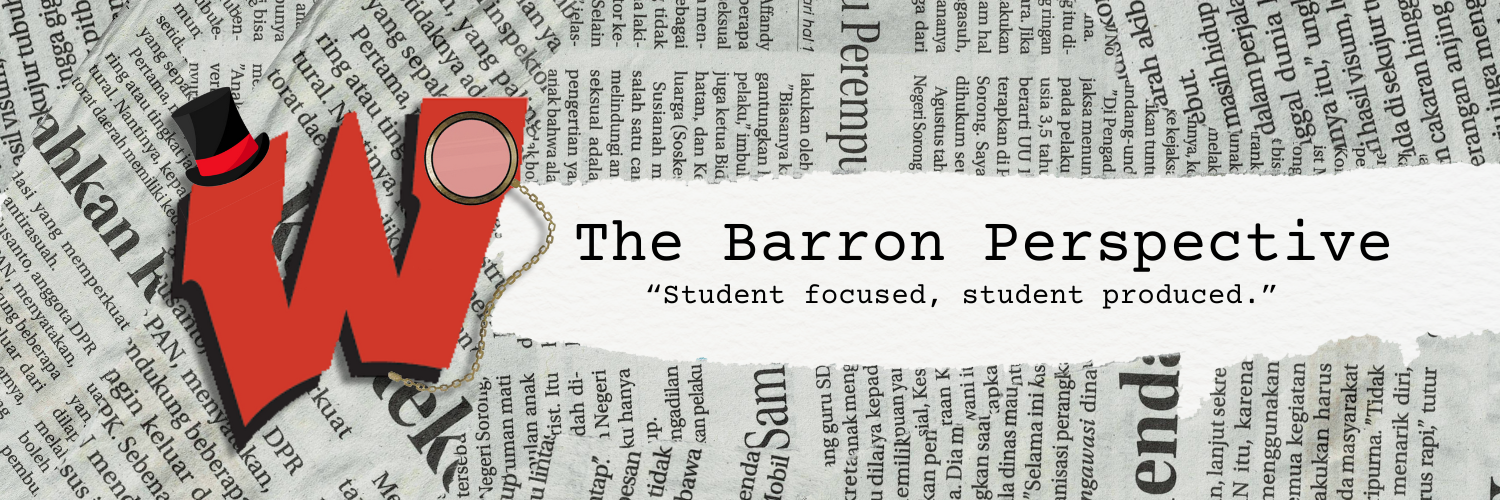Selfies: Popular Craze Turned Controversy
November 16, 2018
The selfie: a photograph that one has taken of oneself, typically one taken with a smartphone or webcam and shared via social media. The Selfie was not only added to the Oxford Dictionary, but was also named word of the year in 2013.
Many people take selfies everyday without knowing the history of the selfie. The first selfie was taken in 1839 by Robert Cornelius, but caught on as a trend in 2013 when the first “Papal selfie” was taken by a group of teenages and the Pope. That image was spread across the web and news stations were even reporting about this memorable image.
Selfies are usually taken of oneself to show what a persons hairstyle may be, how their makeup looks, who they’re with and where they are, but such a simple task that millions of people partake in everyday/ every second is controversial.
The Selfie is ridiculed all over social media as a narcissistic and shallow act. Elder generations are even calling younger generations an “image obsessed culture”. Due to such back and forth, scientists and psychologists are even getting involved and asking the mere question, “Why do people take selfies in the first place?”
Many think it’s because of the reasons listed before, such as showing off many appearances; but their a much deeper meaning under the surface. After watching different videos and theories that may answer this question, the one thing they all had in common was that selfies are used by people to “self-represent”. Self- representation isn’t a bad thing. Everyone needs something that makes them, well, them. That is important, but until it becomes unhealthy.
Scientists have link selfies to addiction, narcissism, and even mental illness. Sometimes taking a selfie can be a good self-esteem booster but repeated 30 times or more a day can be draining and show a person they can be obsessed with not the act of taking the picture but with themselves.
There is even a term provided by American Psychiatric Association called. “Selfitis”. The APA defines this as followed: “the obsessive compulsive desire to take photos of one’s self and post them on social media as a way to make up for the lack of self-esteem and to fill a gap in intimacy”.
Now, don’t go around diagnosing yourself and others with selfitis. There are ways to make prevent yourself from being addicted to your self-image and for others to refrain from calling you a narcissist.
One drastic way is disconnecting yourself from social media entirely. Most won’t do this because social media is a way for people to connect, it is a business tool after all. Other ways that are not as extreme as the first one is limiting the amount of selfies you take and being more present in the real world or turning your social platform notifications on silent so the amount of view/likes you get won’t be on your screen at all times. Those simple steps may be difficult to some, but it takes practice into living a better life on and off the phone.
So the next time you take a selfie, don’t fret and begin to wonder if you are suffering addiction. Enjoy the moment and help others do the same with the reminder that life is more important off the phone than it is on it.



















